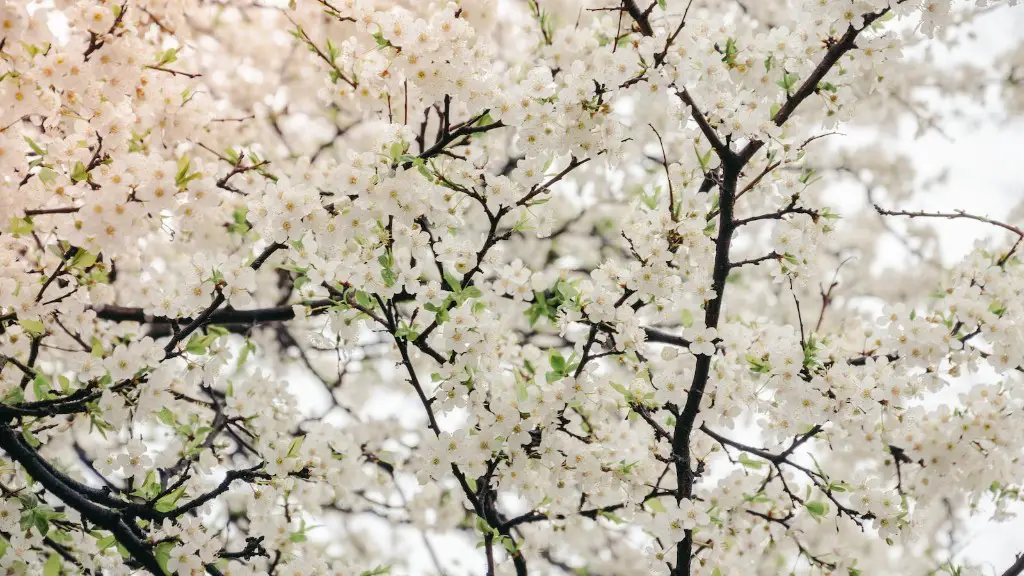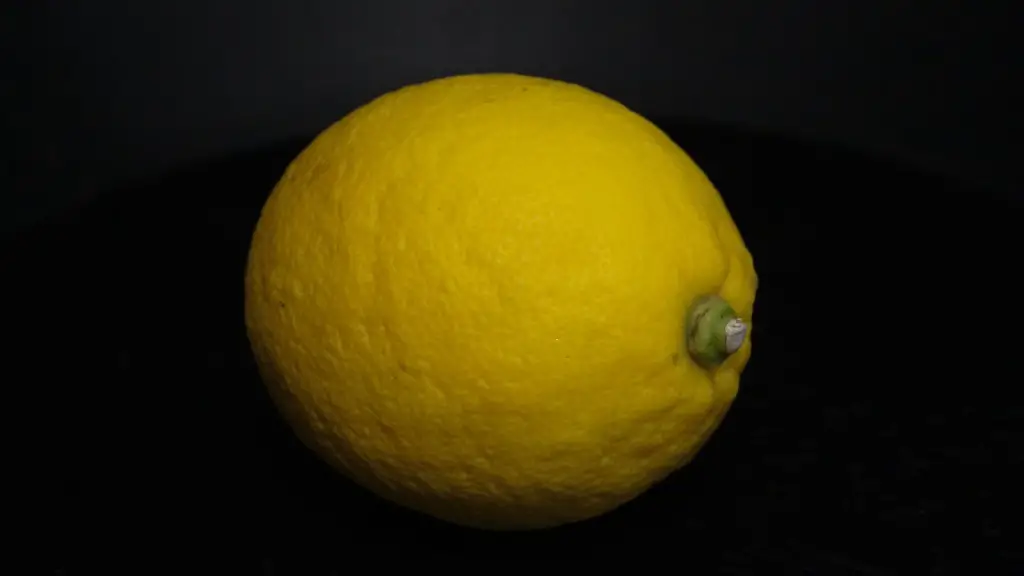What Is a Weeping Cherry Tree?
A weeping cherry tree is a fast-growing, ornamental tree that produces white or pink flowers in early spring.These trees typically bear long, drooping branches and beautiful displays of flowers in the spring and early summer.Weeping cherry trees are beloved in landscaping and by gardeners, as they are graceful, aesthetically pleasing trees with a long blooming season.
What Causes Sap to Flow From a Weeping Cherry Tree?
Sap flow is natural for weeping cherry trees, particularly during late spring and early summer.The sap is produced by the tree as part of its natural process to obtain energy from the sun and sustain itself.During this time, the sap will travel from the roots, up through the trunk and out of small cracks or wounds in the bark.It is not something to be worried about, as it will naturally stop when the tree is done with its growing season.
When Is the Sap Coming out of a Weeping Cherry Tree Most Apparent?
Sap production is usually most noticeable in the late spring and early summer when the sapwood of the tree is still ‘green’ and actively rising.The sap will usually be visible in small ‘tears’ or dribbles flowing down the stem of the tree, often pooling at the base of the trunk or around pruning wounds.
Should You Worry About Sap Coming Out of a Weeping Cherry Tree?
No, the sap coming out of a weeping cherry tree is not a cause for concern.It is entirely normal for weeping cherry trees to produce sap, and in most cases it is nothing to worry about.However, if the sap flow is persistent or very heavy, it can be a sign of potential problems such as bacterial or fungal infections, water stress or pest infestations.In this case, it is best to seek advice from a qualified arborist to assess the situation and provide advice on how to treat the problem.
What Can You Do To Help a Weeping Cherry Tree?
There are several things you can do to help ensure the health and wellbeing of your weeping cherry tree.To start, it is important to make sure the tree is getting enough water and to avoid over-watering.Regular pruning is also beneficial, as this helps to promote strong, healthy growth, and removing dead or damaged branches helps to reduce the risk of disease or pests.Finally, it is important to keep an eye out for any signs of pests or disease and to seek professional advice if you suspect any problems.
What Other Issues Can Sap Flow From a Weeping Cherry Tree Point To?
Sap flow from a weeping cherry tree can be an indicator of other issues such as bacterial or fungal infections, water stress, pest infestations or nutrient deficiencies.For example, weeping cherry trees can suffer from Armillaria root rot, which is caused by a type of fungus.The symptoms of Armillaria root rot typically include sap flow, dieback of the branches and yellowing leaves, and infected trees should be treated with a fungicide as soon as possible.
Why is Soil Health Important When it Comes to Weeping Cherry Tree Care?
Soil health is an important factor when it comes to the overall health of your weeping cherry tree.It is important to make sure the soil is well-draining, yet still retains enough moisture.It is also a good idea to supplement with organic matter such as compost, which can help to improve the nutrient content of the soil and provide the tree with essential minerals and vitamins.Regular testing of the soil pH will also help you to ensure the tree is getting the nutrients it needs.
What Are The Signs of Nutrient Deficiency?
Nutrient deficiencies can be identified by any of a number of signs, including withered foliage, yellowing of the leaves, stunted growth, and the tree failing to produce flowers or fruit.If you suspect your weeping cherry tree is suffering from a nutrient deficiency, it is important to have the soil tested and to speak to an arborist or horticulturist to determine the best course of treatment.
What Are The Effects of Too Much Water?
Over-watering a weeping cherry tree can cause the roots to rot and can increase the risk of infection and pests.Therefore, it is important to make sure the tree is getting enough, but not too much, water.A good guide is to water well and allow the soil to dry out before watering again.It is also best to water at the base of the tree rather than from above, as this will help to reduce the risk of fungal diseases.
How Can You Reduce the Risk Of Pests and Disease?
The best way to reduce the risk of pests and disease in weeping cherry trees is to make sure the tree is in good health.Regular pruning and removal of dead or damaged branches, as well as keeping an eye out for any signs of pests or disease, will help to prevent problems from occurring.It is also important to follow good watering techniques and supplement with organic matter to ensure the soil remains healthy.

